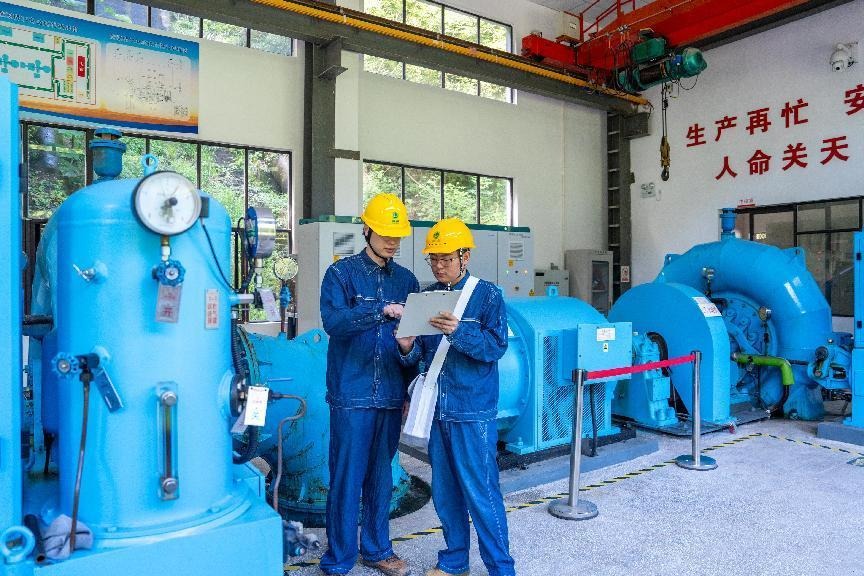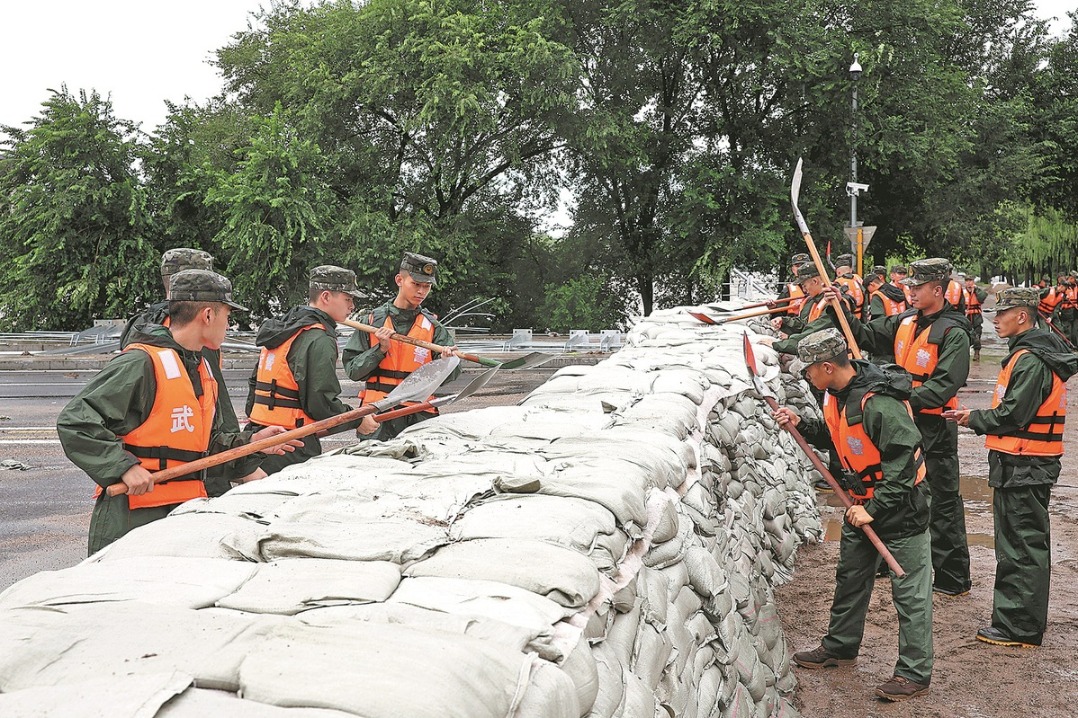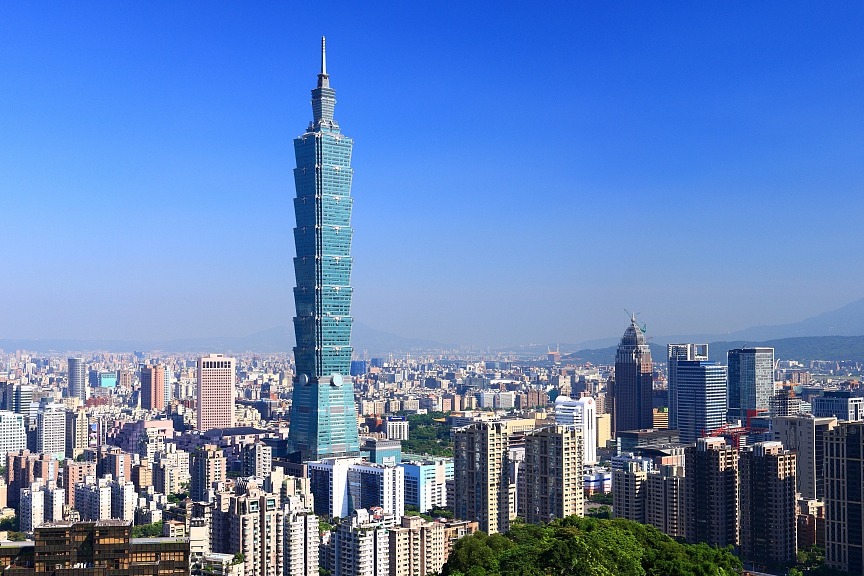Linchpin for peace
Asia-Pacific community should strive to foster a cooperative regional environment that can succeed in navigating the complex economic landscape


The Asia-Pacific region now finds itself at the epicenter of intensifying United States-China geoeconomic tensions. Since Donald Trump's return to the White House in January, the rivalry has escalated, producing significant disruptions to regional and global economic stability. Amid the growing volatility and uncertainty, Asia-Pacific countries are increasingly seeking strategic autonomy to navigate the complex and rapidly shifting economic landscape.
Even during his first term, Trump articulated concerns about China's economic ascent — an ascent that has not only lifted hundreds of millions out of abject poverty but has also demonstrated its own path to development. The sweeping tariffs imposed on Chinese exports in 2018, which he justified on grounds of the trade imbalance and alleged intellectual property rights violations, marked the start of trade attacks that China responded to in measured and reciprocal terms.
Despite portraying himself as correcting a catastrophic economic legacy, Trump's current approach aligns in many respects with the Joe Biden administration's policy toward China — "be competitive when it should be, collaborative when it can be, and adversarial when it must be". Yet Trump's version is more confrontational and unilateral, emphasizing tariff escalation and industrial nationalism. Under his leadership, the US has pursued an unpredictable tariff regime (the so-called Liberation Day tariffs) in a bid to accelerate manufacturing reshoring.
US scholars have long cautioned that China's peaceful economic rise — its currency internationalization, regional partnerships and expanding global presence — would eventually present a challenge to the entrenched US dominance, particularly given the US' growing dependence on the Asia-Pacific markets. Many had hoped that cooperative efforts through platforms such as the Asia-Pacific Economic Cooperation mechanism and the East Asia Summit, alongside joint action on climate change and transnational challenges, would strengthen mutual understanding. Unfortunately, these aspirations have been impacted by a unilateral turn in US economic policy that has made confrontation more likely.
It is therefore essential to analyze the key features and evolving dynamics of this rivalry to better understand how economic instruments are being weaponized for geopolitical ends. Several trends are particularly noteworthy.
First, the economic confrontation has intensified markedly. Since Jan 20, the average US tariffs on Chinese goods have surged by 30.4 percent — nearly double the increase during Trump's first term. These hikes far outpace those imposed on the rest of the world and threaten to reach absurd levels, such as the proposed 3,521-percent duties on solar panels imported from Southeast Asia, if Washington deems them too closely linked to Chinese producers. These measures reflect not only economic nationalism but also an effort to contain China's development by targeting its global supply chain footprint.
Second, the geoeconomic rivalry has taken on multidimensional characteristics. The US has expanded its use of non-tariff tools — invoking human rights, climate concerns and academic collaboration — as justifications for restrictions. Chinese companies and institutions have found themselves excluded from joint research, investment flows and global value chains. In contrast, China has sought to counterbalance these pressures through constructive regional engagement. It has stepped up its soft power efforts, expanded educational and infrastructure investments across Southeast Asia, and promoted climate cooperation with Pacific Island nations — all of which reflect its commitment to inclusive development and regional stability.
Third, the information domain has become a battleground. Both powers now invest heavily in narrative framing and digital influence. The US, working with its Pacific allies, has intensified scrutiny of Chinese media and cyber activities, often casting China in a negative light. China, in turn, has built international media platforms and diplomatic channels to counter biased portrayals and present its perspective to a global audience.
And finally, countries in the Asia-Pacific region are being pressed to take sides, despite their preference for strategic ambiguity. US-led initiatives such as the Quad (the US-Japan-India-Australia quadrilateral security dialogue) and the "Indo-Pacific" Economic Framework for Prosperity, though nominally cooperative, are exclusionary and aimed at fostering strategic blocs. China, by contrast, continues to promote open regionalism through the Regional Comprehensive Economic Partnership and the Belt and Road Initiative, which lower trade barriers and foster broad-based economic integration — providing a framework that includes rather than excludes.
From a historical perspective, the dangers of unchecked geoeconomic rivalry are clear. The infamous Thucydides trap aside, the late 19th-century clash between Germany and the United Kingdom — rooted in trade, technology and maritime power — helped lay the foundations for World War I. Today, a similar trajectory must be avoided. China's rise has been peaceful, rules-abiding and developmental in orientation. Treating it as an existential threat risks reproducing historical cycles of great power conflict.
Although a temporary trade war truce was agreed upon at the first meeting of the China-US economic and trade consultation mechanism in London in June, a deadline looms on Aug 12 for its renewal. Failure to reach agreement could trigger another round of punishing tariffs. The outlook is further clouded by Trump's new legislative push — the One Big Beautiful Bill Act — which bars clean energy companies with Chinese affiliations from accessing US tax credits under rigid "foreign entity of concern" rules.
In this fraught context, middle powers must do more than merely adapt. While technological autonomy and diversified supply chains are crucial, they are not sufficient. Both the US and China must find common ground for constructive engagement. For their part, Asia-Pacific countries should move beyond passive hedging. By actively promoting a multipolar, inclusive regional order — through regional institutions and strategic communication — they can serve as bridge builders and advocates for stability. A future rooted in sustainable development requires not division, but dialogue.
If the Association of Southeast Asian Nations and the broader Asia-Pacific community continue to play a constructive role in navigating evolving global dynamics and promoting regional cooperation, their efforts could merit broader international recognition. Their quiet diplomacy and commitment to dialogue may well serve as a stabilizing factor for peace and development in the 21st century.
Ji Xianbai is a research fellow at the National Academy of Development and Strategy and director of the Institute for South and Southeast Asian Studies at the School of Global and Area Studies at Renmin University of China. Tong Xin is a PhD student at the Department of Political Science at University of Tennessee. The authors contributed this article to China Watch, a think tank powered by China Daily. The views do not necessarily reflect those of China Daily.
Contact the editor at editor@chinawatch.cn.

































